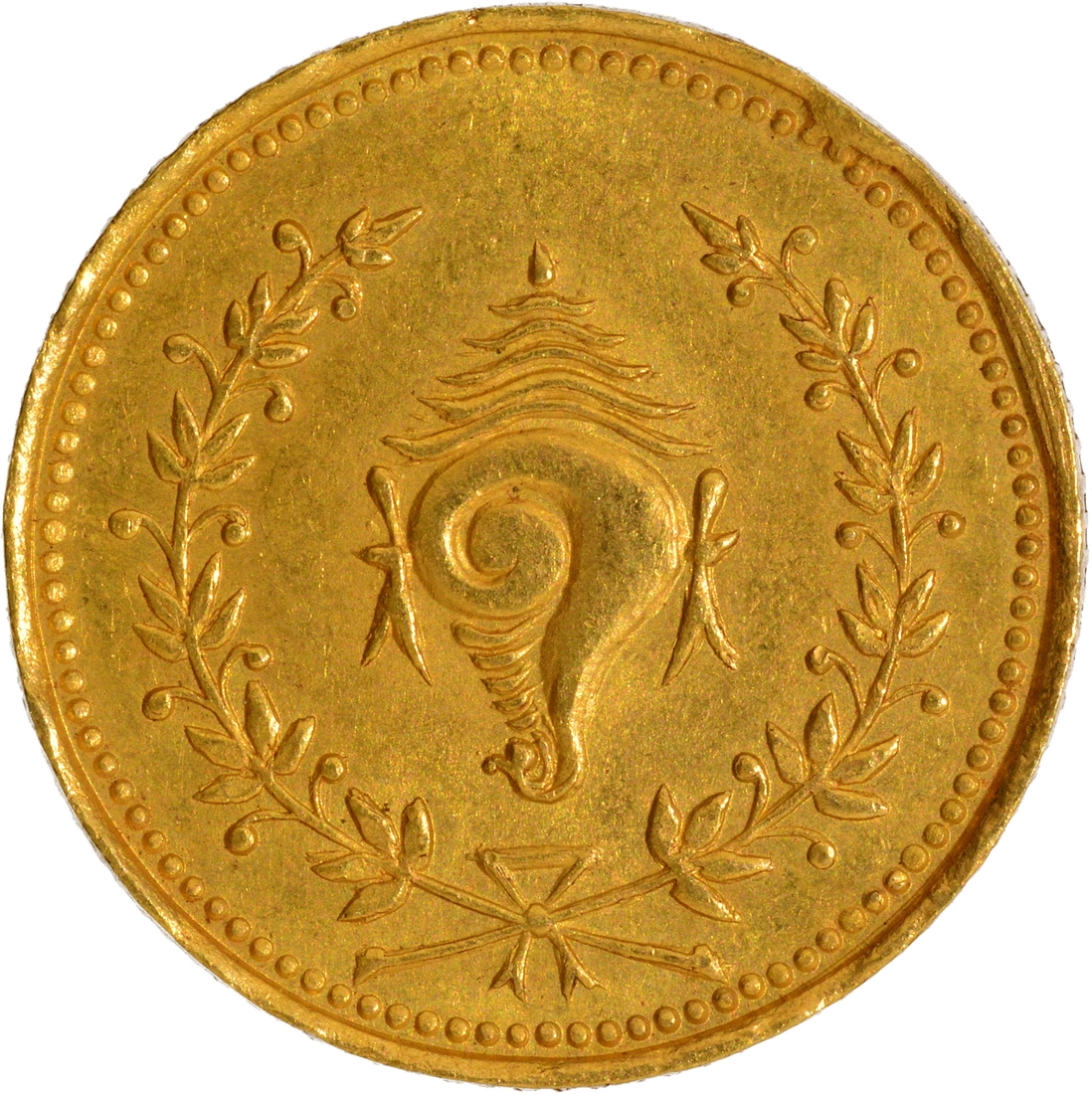The Laptop Ban And What It Means For Air Travel
 This blog started off by focussing on NZ’s smaller 3rd stage airlines, past and present. Alternatively, dad and mom could purchase a ticket, usually for a decreased value, and have the child occupy a passenger seat secured in a baby automobile safety seat (purchased in Canada, complete with the national safety mark and labelling indicating certification for use on an aircraft).
This blog started off by focussing on NZ’s smaller 3rd stage airlines, past and present. Alternatively, dad and mom could purchase a ticket, usually for a decreased value, and have the child occupy a passenger seat secured in a baby automobile safety seat (purchased in Canada, complete with the national safety mark and labelling indicating certification for use on an aircraft).
 \n\nIn 2001, the American Academy of Pediatrics printed a policy statement recommending a mandatory federal requirement for restraint use for kids on aircraft ( 31 ). Subsequently, a threat and economic analysis was performed to determine the impression of such legislation on youngster mortality.\n\nThe investigators concluded that if youngster safety seats had been mandated for kids younger than two years of age, many dad and mom could choose as a substitute to travel by automobile, which, in turn, may enhance motorized vehicle mortality ( 32 ). Nonetheless, despite this conclusion, the United States Federal Aviation Administration still strongly recommends the usage of youngster restraints on aircraft.\n\nPhysicians must be aware that if they volunteer to assist on an aircraft, they are protected against liability by the ‘Good Samaritan’ provision of the Airline Passenger Safety Act ( 7 ). A fundamental first assist equipment may be found on nearly all industrial airlines, and for those with more than a hundred passenger seats, a more complete emergency medical equipment is on the market; this should embody fundamental resuscitation medicines and tools, some of which may be acceptable for kids.\n\nKids who fly with otitis media with effusion could not experience as much discomfort or issues compared with those with AOM (Stage III, Grade B). Oral decongestants usually are not really helpful to treat air travel-associated ear pain in kids (Stage I, Grade A).…
\n\nIn 2001, the American Academy of Pediatrics printed a policy statement recommending a mandatory federal requirement for restraint use for kids on aircraft ( 31 ). Subsequently, a threat and economic analysis was performed to determine the impression of such legislation on youngster mortality.\n\nThe investigators concluded that if youngster safety seats had been mandated for kids younger than two years of age, many dad and mom could choose as a substitute to travel by automobile, which, in turn, may enhance motorized vehicle mortality ( 32 ). Nonetheless, despite this conclusion, the United States Federal Aviation Administration still strongly recommends the usage of youngster restraints on aircraft.\n\nPhysicians must be aware that if they volunteer to assist on an aircraft, they are protected against liability by the ‘Good Samaritan’ provision of the Airline Passenger Safety Act ( 7 ). A fundamental first assist equipment may be found on nearly all industrial airlines, and for those with more than a hundred passenger seats, a more complete emergency medical equipment is on the market; this should embody fundamental resuscitation medicines and tools, some of which may be acceptable for kids.\n\nKids who fly with otitis media with effusion could not experience as much discomfort or issues compared with those with AOM (Stage III, Grade B). Oral decongestants usually are not really helpful to treat air travel-associated ear pain in kids (Stage I, Grade A).…






